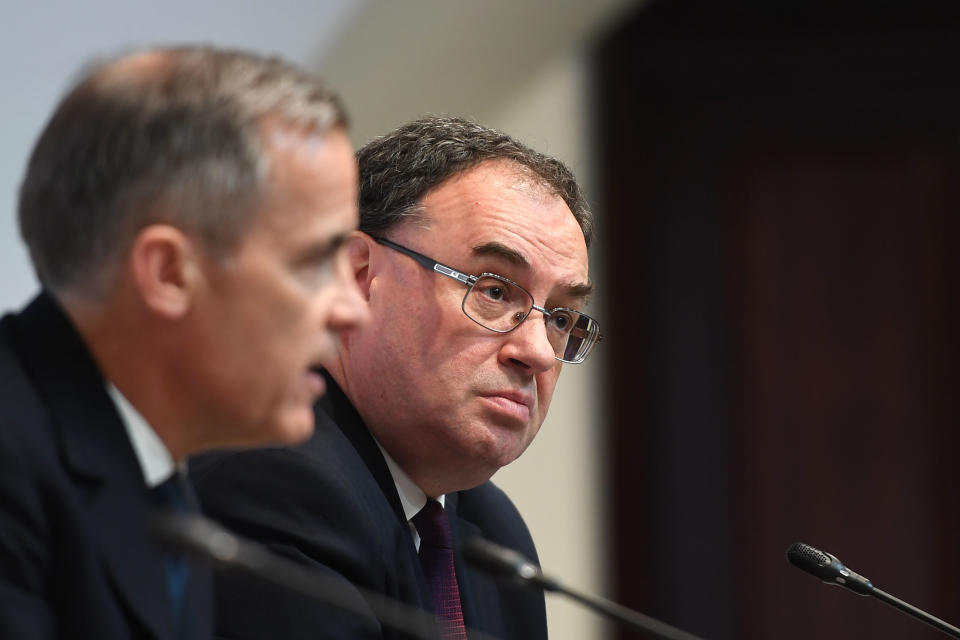Coronavirus: Bank of England to boost stimulus measures but hold fire on negative rates

Analysts expect the Bank of England on Thursday to ramp up its bond-buying efforts even as it holds off on introducing negative interest rates in response to the coronavirus crisis.
Since the onset of the pandemic, the bank’s Monetary Policy Committee has twice cut rates from 0.75% to 0.1% and added £200bn ($251bn) in new quantitative easing measures, taking the total size of its bond-buying program to £645bn.
The bank is widely expected to increase the target of its Asset Purchase Facility (APF) by £100bn on Thursday.
Following a 20.4% plunge in economic activity in April — the steepest contraction on record — Bank of England governor Andrew Bailey said last week that the bank stood ready to take further action to combat the economic effects of the coronavirus crisis.
“We have to be ready for that, because we are still very much in the midst of this,” he said in an interview.
“Two policymakers [last time] voted to add an additional £100bn to the APF target, and that’s the consensus for this week,” according to James Smith and Antoine Bouvet, analysts at Dutch lender ING.
READ MORE: UK inflation tumbles to lowest level since Brexit vote
“That would allow purchases to continue until early September, which may well mean policymakers need to top-up again in August.”
Calling it “not ideal” that the facility could require such a swift top-up, they suggested that the committee could instead vote for a £150bn expansion, which would allow purchases to continue until early October.
It is still looking “unlikely” that the bank will slash interest rates to below-zero levels, according to Smith and Bouvet, who noted that it was “not clear how negative rates would help the recovery.”
A reluctance to implement negative rates comes even as the UK inflation rate plummeted to 0.5% in May, well below the bank’s 2% target.
By forcing banks to pay to hold their money at the central bank — instead of earning interest on their deposits — negative rates would in theory encourage banks to lend more, in turn lowering the cost of finance for companies and consumers.
“Policymakers appear to have become more open to negative interest rates — or at least have been keen not to rule them out,” they said, referencing stagnant investment and productivity growth in the UK.
Interest rates in the eurozone have been below zero for six years, but the European Central Bank (ECB) was still forced to dramatically scale of up its bond buying in response to the coronavirus crisis. Interest rates in Japan have been negative since 2016.
READ MORE: UK economy saw historic 20% crash in April lockdown
The ECB has argued that such low interest rates have been a “broadly neutral” factor for bank profitability, even as banks have complained that they have dented their bottom line.
Policymakers at the ECB, however, have not trimmed interest rates since the beginning of the crisis, having already cut the bank’s key deposit rate to a record low of -0.5% in September 2019.
“The potential impact on bank profitability is well documented, given the difficulty in pulling retail deposit rates below zero,” said Smith and Bouvet.
“The results of the policy in Europe and Japan also haven’t been spectacular, and we know that the main problem over coming months is likely to be credit demand — or a lack of it.”

 Yahoo Finance
Yahoo Finance 
